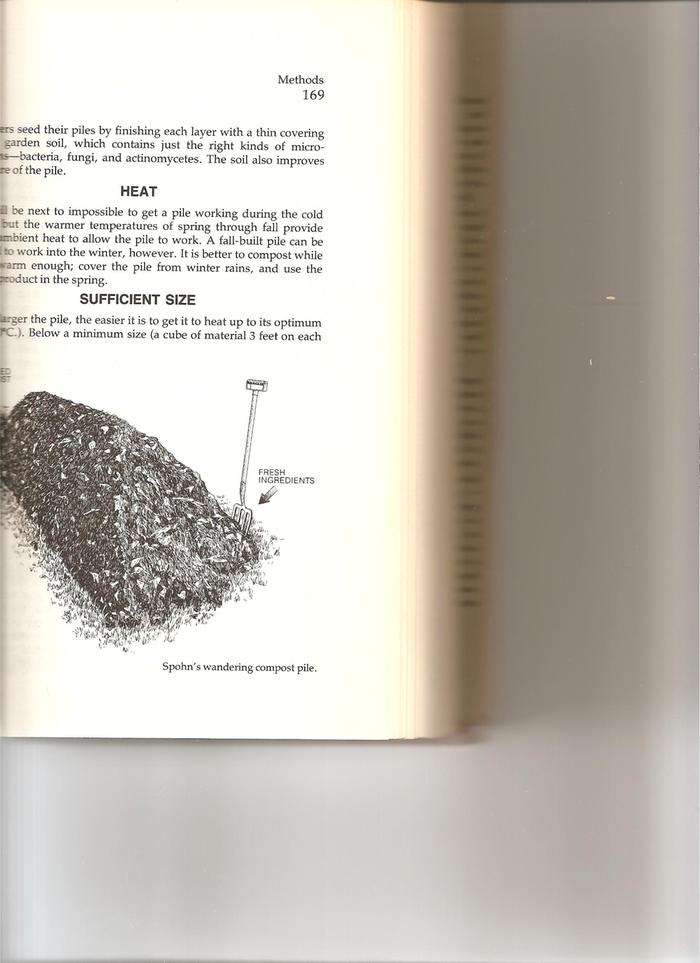
 1
1








 4
4




sheila reavill wrote:That looks great, John. I've never heard of putting stone piles in a garden. What does that do?
"You may never know what results come of your action, but if you do nothing there will be no result”
How Permies.com Works
Be Nice




Brenda
Bloom where you are planted.
http://restfultrailsfoodforestgarden.blogspot.com/









 1
1
















Permaculture in Croatia:
www.perforum.info




"We're all just walking each other home." -Ram Dass
"Be a lamp, or a lifeboat, or a ladder."-Rumi
"It's all one song!" -Neil Young




Kelowna, BC
Zone 5




A human being should be able to change a diaper, plan an invasion, butcher a hog, conn a ship, design a building, write a sonnet, balance accounts, build a wall, set a bone, comfort the dying, take orders, give orders, cooperate, act alone, solve equations, analyze a new problem, pitch manure, program a computer, cook a tasty meal, fight efficiently, die gallantly. Specialization is for insects.
-Robert A. Heinlein








Diversified Food forest maker . Fill every niche and you'll have less weeds (the weeds are the crop too). Fruit, greens, wild harvest, and nuts as staple. Food processing and preservation are key to self self-sufficiency. Never eat a plant without posetive identification and/or consulting an expert.

|
There are 10 kinds of people in this world. Those that understand binary get this tiny ad:
The new purple deck of permaculture playing cards
https://www.kickstarter.com/projects/paulwheaton/garden-cards
|








